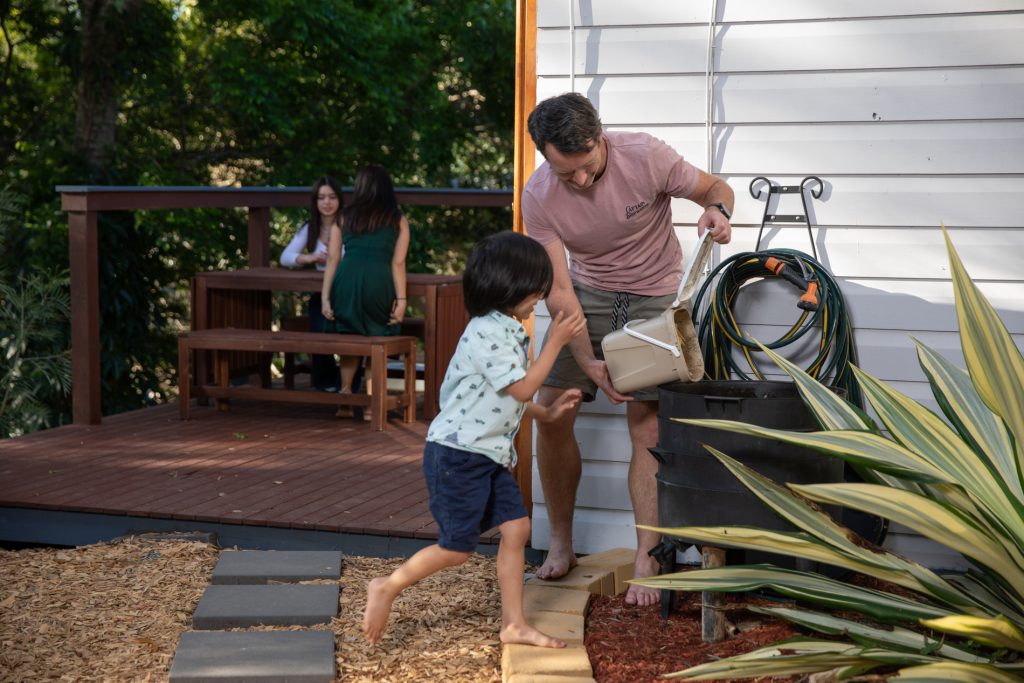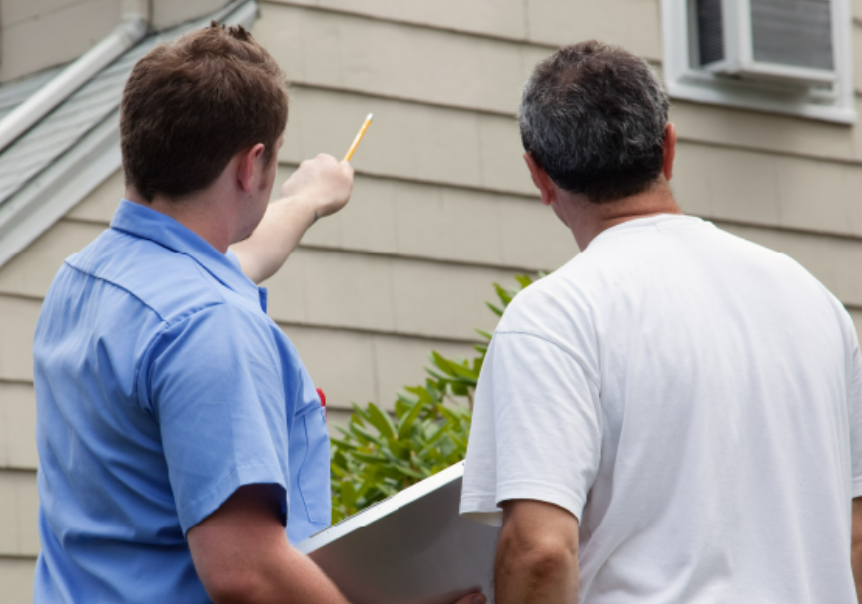The Hearne household
The story of a Brisbane Carbon Challenge champion household.
Household:
FAMILY
Dwelling:
HOUSE
Ownership:
OWN
Total emissions reduction: 20%
Original emissions:
7.7 tonnes
Transport: 3.4 tonnes
Energy: 3.7 tonnes
Waste: 0.6 tonnes
Reduced emissions:
6.2 tonnes
Transport: 5.7 tonnes
Energy: 0.1 tonnes
Waste: 0.4 tonnes
About the household
Declan, Verna and their two children live in a house in Brisbane’s west. By lowering their emissions by 20% during the Brisbane Carbon Challenge, the family aligned their carbon footprint to Brisbane City Council’s average household carbon emissions target of 6 tonnes annually. The Hearne family worked together to achieve great reductions in their home energy and waste emissions.



“Our household benefitted the most from knowledge. Knowledge on understanding the key sources of our household carbon footprint. Insights from the home energy monitoring system gave us an understanding of where we are using or wasting energy.”
Declan Hearne
Successes
Energy savvy = carbon savvy
The Hearnes were already energy-savvy before joining the Brisbane Carbon Challenge. The family’s home energy emissions were almost a third lower than the average Brisbane household yet they further reduced their energy consumption by 39%, achieving nearly zero electricity-related carbon emissions. It took a few steps for the family to achieve these impressive results.
First, they asked their retailer to apply 100% GreenPower to their energy account, which meant their retailer purchased renewable energy to cover their energy consumption, dropping related emissions to zero.
As GreenPower comes at an extra cost for the consumer, the family identified ways to reduce their energy consumption to lower their bills. To reduce their heating and cooling costs, they invested in plantation shutters for their living area windows and draught-sealed gaps in their doors. They also upgraded their lights to LED bulbs, another easy, one-off action for the busy family.
Finally, the Hearnes worked together to gain better habits to reduce electricity use, such as turning off appliances at the wall when not in use, using smaller appliances (such as a slow cooker instead of the oven) and using fans instead of the air conditioner as much as possible.
Waste not, want not
When the Hearnes first estimated their carbon footprint, they discovered their waste emissions were slightly above the Brisbane household average. Hence, they looked for solutions to minimise the food waste thrown into the general waste bin. They continued using their compost bin for fruit and vegetable scraps and ordered a bokashi bin to compost leftover cooked food scraps. As a result, 26% less food waste was thrown away each week.
The Hearnes are considering purchasing a second bokashi bin to have on rotation while their first bokashi bin food waste ferments.
Developing eco-habits is an ongoing commitment that Declan, Verna and their children are dedicated to maintaining and refining.
Challenges
Transport on the rise
The family really wanted to focus on reducing transport emissions. They even sold their second car during the challenge and their daughter commuted to school by public transport.
Despite their efforts, they realised after a few months that their increasingly busy family needed two cars. As electric and hybrid vehicles weren’t in their budget, they looked for a fuel-efficient model instead. They also installed an in-car monitoring system to help them adopt eco-driving techniques. This monitoring system provides real-time feedback on fuel-efficient driving, allowing for in-the-moment adjustments to their driving style that can lower fuel consumption and related emissions and bills.
The Hearne’s low carbon action plan:
- replaced private vehicle use with public transport
- replaced private vehicle use with active travel (walking)
- adopted eco-driving techniques
- replaced vehicle with more efficient model
- purchased 100% renewable energy (GreenPower)
- used small appliances instead of oven
- installed draught-sealing on doors
- used fans instead of the air conditioner
- installed window coverings
- switched off lights when not in use
- upgraded lights to LED
- switched off appliances at the wall when not in use
- reduced food waste
- composted food and garden waste.




